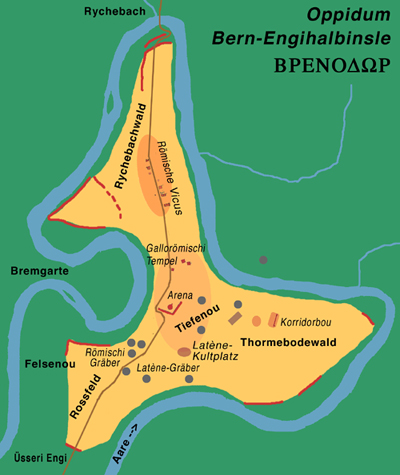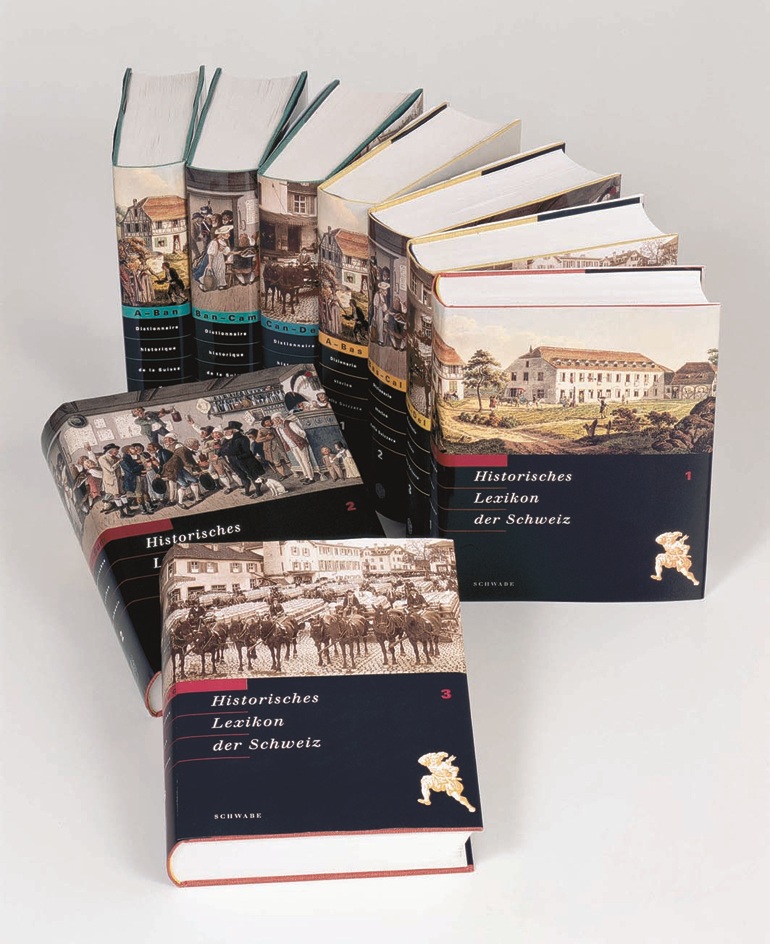|
Burgistein Castle
Burgistein Castle (german: Schloss Burgistein) is a castle in the municipality of Burgistein in the canton of Bern in Switzerland. It is a Swiss heritage site of national significance. History The first castle at Burgistein was built by Jordan I of Thun (later of Burgistein) in 1260. Jordan III of Burgistein fought on the losing side in the Battle of Laupen in 1339. In retaliation a Bernese army attacked and destroyed the castle in 1340. It was rebuilt in the following years. In 1397 the Burgistein family died out and the castle was inherited by Werner Münzer. Over the following century it passed through numerous owners until 1484 when the Wattenwyl family acquired it. They owned the castle until 1714, when it passed to the Graffenried family. The 14th-century castle was rebuilt in the 15th and 16th centuries. [...More Info...] [...Related Items...] OR: [Wikipedia] [Google] [Baidu] |
Canton Of Bern
The canton of Bern or Berne (german: Kanton Bern; rm, Chantun Berna; french: canton de Berne; it, Canton Berna) is one of the 26 cantons forming the Swiss Confederation. Its capital city, Bern, is also the ''de facto'' capital of Switzerland. The bear is the heraldic symbol of the canton, displayed on a red-yellow background. Comprising ten districts, Bern is the second-largest canton by both surface area and population. Located in west-central Switzerland, it is surrounded by eleven cantons. It borders the canton of Jura and the canton of Solothurn to the north. To the west lie the canton of Neuchâtel, the canton of Fribourg and canton of Vaud. To the south lies the canton of Valais. East of the canton of Bern lie the cantons of Uri, Nidwalden, Obwalden, Lucerne and Aargau. The geography of the canton includes a large share of all three natural regions of Switzerland: the Jura Mountains (the Bernese Jura), the Swiss Plateau (the Bernese Mittelland) and the Alps (th ... [...More Info...] [...Related Items...] OR: [Wikipedia] [Google] [Baidu] |
Castle
A castle is a type of fortified structure built during the Middle Ages predominantly by the nobility or royalty and by military orders. Scholars debate the scope of the word ''castle'', but usually consider it to be the private fortified residence of a lord or noble. This is distinct from a palace, which is not fortified; from a fortress, which was not always a residence for royalty or nobility; from a ''pleasance'' which was a walled-in residence for nobility, but not adequately fortified; and from a fortified settlement, which was a public defence – though there are many similarities among these types of construction. Use of the term has varied over time and has also been applied to structures such as hill forts and 19th-20th century homes built to resemble castles. Over the approximately 900 years when genuine castles were built, they took on a great many forms with many different features, although some, such as curtain walls, arrowslits, and portcullises, were ... [...More Info...] [...Related Items...] OR: [Wikipedia] [Google] [Baidu] |
Burgistein
Burgistein is a municipality in the administrative district of Thun in the canton of Bern in Switzerland. History Burgistein is first mentioned in 1266 as ''Burgstein'' and in 1271 as ''Burgenstein''. The oldest traces of a settlement in the area include scattered neolithic artifacts and Roman coins. During the Early to High Middle Ages there was a hill fort on Bühlhölzli hill. Across from Bühlhölzli, on Schönegg hill, are the ruins of Blankenberg Castle, which was demolished in the second half of the 14th century. During the 13th century, Jordan I of Thun began buying up farming villages and land in the Gürbetal and surrounding valleys. In 1260 he combined the scattered estates into a ''Herrschaft'' and built Burgistein Castle. By 1266 he was calling himself Jordan von Burgistein after the castle. In 1340, after the Bernese victory in the Battle of Laupen in the previous year, Burgistein Castle was destroyed in retaliation for Burgistein support against Bern. T ... [...More Info...] [...Related Items...] OR: [Wikipedia] [Google] [Baidu] |
Canton Of Bern
The canton of Bern or Berne (german: Kanton Bern; rm, Chantun Berna; french: canton de Berne; it, Canton Berna) is one of the 26 cantons forming the Swiss Confederation. Its capital city, Bern, is also the ''de facto'' capital of Switzerland. The bear is the heraldic symbol of the canton, displayed on a red-yellow background. Comprising ten districts, Bern is the second-largest canton by both surface area and population. Located in west-central Switzerland, it is surrounded by eleven cantons. It borders the canton of Jura and the canton of Solothurn to the north. To the west lie the canton of Neuchâtel, the canton of Fribourg and canton of Vaud. To the south lies the canton of Valais. East of the canton of Bern lie the cantons of Uri, Nidwalden, Obwalden, Lucerne and Aargau. The geography of the canton includes a large share of all three natural regions of Switzerland: the Jura Mountains (the Bernese Jura), the Swiss Plateau (the Bernese Mittelland) and the Alps (th ... [...More Info...] [...Related Items...] OR: [Wikipedia] [Google] [Baidu] |
Switzerland
). Swiss law does not designate a ''capital'' as such, but the federal parliament and government are installed in Bern, while other federal institutions, such as the federal courts, are in other cities (Bellinzona, Lausanne, Luzern, Neuchâtel, St. Gallen a.o.). , coordinates = , largest_city = Zürich , official_languages = , englishmotto = "One for all, all for one" , religion_year = 2020 , religion_ref = , religion = , demonym = , german: Schweizer/Schweizerin, french: Suisse/Suissesse, it, svizzero/svizzera or , rm, Svizzer/Svizra , government_type = Federalism, Federal assembly-independent Directorial system, directorial republic with elements of a direct democracy , leader_title1 = Federal Council (Switzerland), Federal Council , leader_name1 = , leader_title2 = , leader_name2 = Walter Thurnherr , legislature = Fe ... [...More Info...] [...Related Items...] OR: [Wikipedia] [Google] [Baidu] |
Battle Of Laupen
The Battle of Laupen was fought in June 1339, between Bern and its allies on one side, and Freiburg together with feudal landholders from the County of Burgundy and Habsburg territories on the other. Bern was victorious, consolidating its position in the region. As a consequence of the conflict, the relations of Bern and the Swiss Confederacy tightened, resulting in Bern's permanent accession in 1353. This is also the first battle that the white cross was documented as being used as a field sign worn by Swiss combatants. Background Prior to hostilities the free imperial city of Bern had undergone heavy expansion, however this expansion came at high expense to the feudal lords in the area and led to increasing competition with the neighbouring city of Fribourg. Bern had been allied with Fribourg since 1241, but Fribourg had been sold to the House of Habsburg in 1277. Fribourg entered a league with neighbouring feudal lords, including the County of Neuchâtel, the County of Sav ... [...More Info...] [...Related Items...] OR: [Wikipedia] [Google] [Baidu] |
Bern
german: Berner(in)french: Bernois(e) it, bernese , neighboring_municipalities = Bremgarten bei Bern, Frauenkappelen, Ittigen, Kirchlindach, Köniz, Mühleberg, Muri bei Bern, Neuenegg, Ostermundigen, Wohlen bei Bern, Zollikofen , website = www.bern.ch Bern () or Berne; in other Swiss languages, gsw, Bärn ; frp, Bèrna ; it, Berna ; rm, Berna is the ''de facto'' capital of Switzerland, referred to as the "federal city" (in german: Bundesstadt, link=no, french: ville fédérale, link=no, it, città federale, link=no, and rm, citad federala, link=no). According to the Swiss constitution, the Swiss Confederation intentionally has no "capital", but Bern has governmental institutions such as the Federal Assembly and Federal Council. However, the Federal Supreme Court is in Lausanne, the Federal Criminal Court is in Bellinzona and the Federal Administrative Court and the Federal Patent Court are in St. Gallen, exemplifying the federal nature of the Confederation. ... [...More Info...] [...Related Items...] OR: [Wikipedia] [Google] [Baidu] |
List Of Castles In Switzerland
This list includes castles and fortresses in Switzerland. Entries list the name and location of the castle, fortress or ruins in each Canton in Switzerland. Aargau Appenzell Ausserrhoden Appenzell Innerrhoden Basel-Land Basel-Stadt Bern Fribourg Geneva Glarus Graubünden (Grisons) Jura Lucerne Neuchâtel Nidwalden Obwalden Schaffhausen Schwyz Solothurn St. Gallen Ticino Thurgau Uri Vaud Valais Zug # Buonas Castle, Risch # Freudenberg Castle, Risch-Rotkreuz # Hünenberg Castle, Hünenberg # St. Andreas Castle, Cham # Wildenburg Castle (Zug), Baar # Zug Castle, Zug Zürich # Au Castle, Wädenswil # Ruins of Baldern Castle, Stallikon # Ruins of Oberes Baliken Castle, Wald # Ruins of Bernegg Castle, Hinwil # Ruins of Alt-Bichelsee Castle, Bichelsee # Ruins of Breitenlandenberg Castle, Turbenthal # ... [...More Info...] [...Related Items...] OR: [Wikipedia] [Google] [Baidu] |
Historical Dictionary Of Switzerland
The ''Historical Dictionary of Switzerland'' is an encyclopedia on the history of Switzerland that aims to take into account the results of modern historical research in a manner accessible to a broader audience. The encyclopedia is published by a foundation under the patronage of the Swiss Academy of Humanities and Social Sciences (SAGW/ASSH) and the Swiss Historical Society (SGG-SHH) and is financed by national research grants. Besides a staff of 35 at the central offices, the contributors include 100 academic advisors, 2500 historians and 100 translators. Print edition The encyclopedia is published simultaneously in three of Switzerland's national languages: German (''Historisches Lexikon der Schweiz'', HLS, in red), French (''Dictionnaire Historique de la Suisse'', DHS, in blue) and Italian Italian(s) may refer to: * Anything of, from, or related to the people of Italy over the centuries ** Italians, an ethnic group or simply a citizen of the Italian Republic or ... [...More Info...] [...Related Items...] OR: [Wikipedia] [Google] [Baidu] |
Cultural Property Of National Significance In The Canton Of Bern
Culture () is an umbrella term which encompasses the social behavior, institutions, and norms found in human societies, as well as the knowledge, beliefs, arts, laws, customs, capabilities, and habits of the individuals in these groups.Tylor, Edward. (1871). Primitive Culture. Vol 1. New York: J.P. Putnam's Son Culture is often originated from or attributed to a specific region or location. Humans acquire culture through the learning processes of enculturation and socialization, which is shown by the diversity of cultures across societies. A cultural norm codifies acceptable conduct in society; it serves as a guideline for behavior, dress, language, and demeanor in a situation, which serves as a template for expectations in a social group. Accepting only a monoculture in a social group can bear risks, just as a single species can wither in the face of environmental change, for lack of functional responses to the change. Thus in military culture, valor is counted a typica ... [...More Info...] [...Related Items...] OR: [Wikipedia] [Google] [Baidu] |







